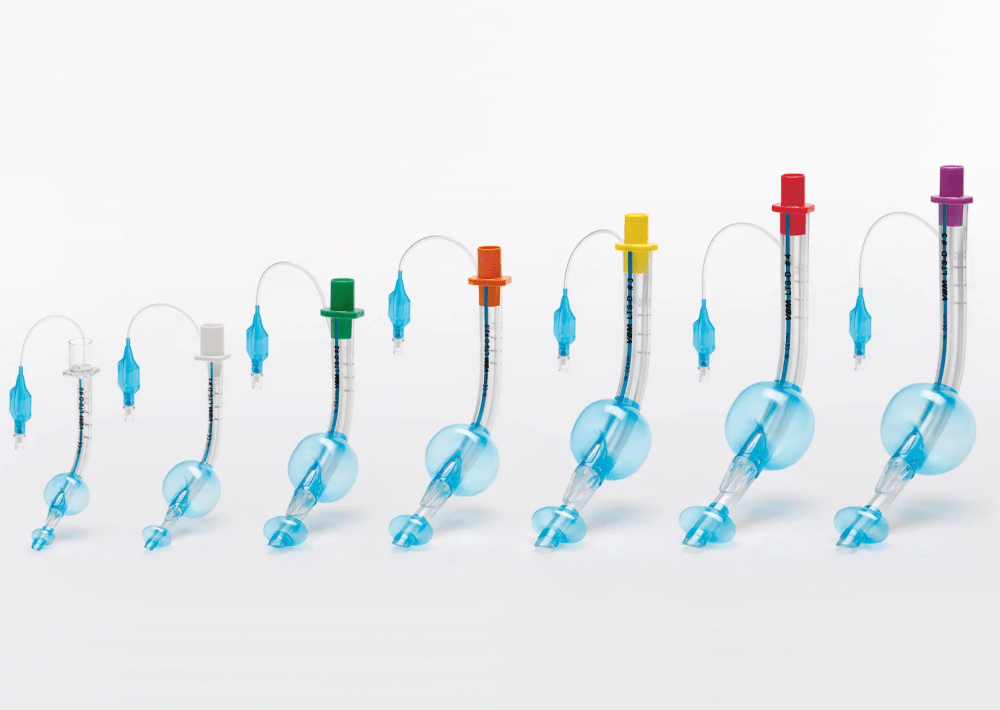A laryngeal tube is a medical device used in emergency situations to establish and secure an airway in a patient who has difficulty breathing or has lost consciousness. It is a type of nasopharyngeal breathing device that is inserted through the mouth and placed in the larynx to maintain an open airway and allow for effective ventilation.
Laryngeal tube placement should be performed by trained medical professionals, such as medical technicians or anesthesiologists, who possess the necessary knowledge and skills to ensure proper placement and functioning of the device. It is an important procedure in emergency medicine to ensure adequate oxygenation and ventilation in patients who cannot maintain an airway on their own.
- Preparation: Disinfect your hands and prepare the necessary equipment, including the laryngeal tube
- Patient Position: Place the patient in an appropriate position, usually supine with the head and neck slightly elevated.
- Size selection: Select the appropriate size of the laryngeal tube based on the size of the patient’s airway. Most laryngeal tubes are marked with sizes.
- Preparation and Lubrication: Apply sterile lubricant to the outer surface of the laryngeal tube to facilitate insertion and reduce patient discomfort.
- Inserting the tube: Hold the tube and insert it into the patient’s mouth and through the larynx until it reaches the correct position in the airway.
- Position Check: Verify that the tube is properly positioned and positioned in the airway by auscultating the chest.
- Fixation of the tube: Ensure that the tube is firmly fixed to prevent movement or falling out. This is usually achieved by using a band or restraint around the patient’s head.
It is important to note that these are general guidelines for the use of a tubular laryngeal catheter, but proper use requires training and knowledge of the medical staff. Always rely on the expertise of the medical team and follow local guidelines and protocols.



0 Comments